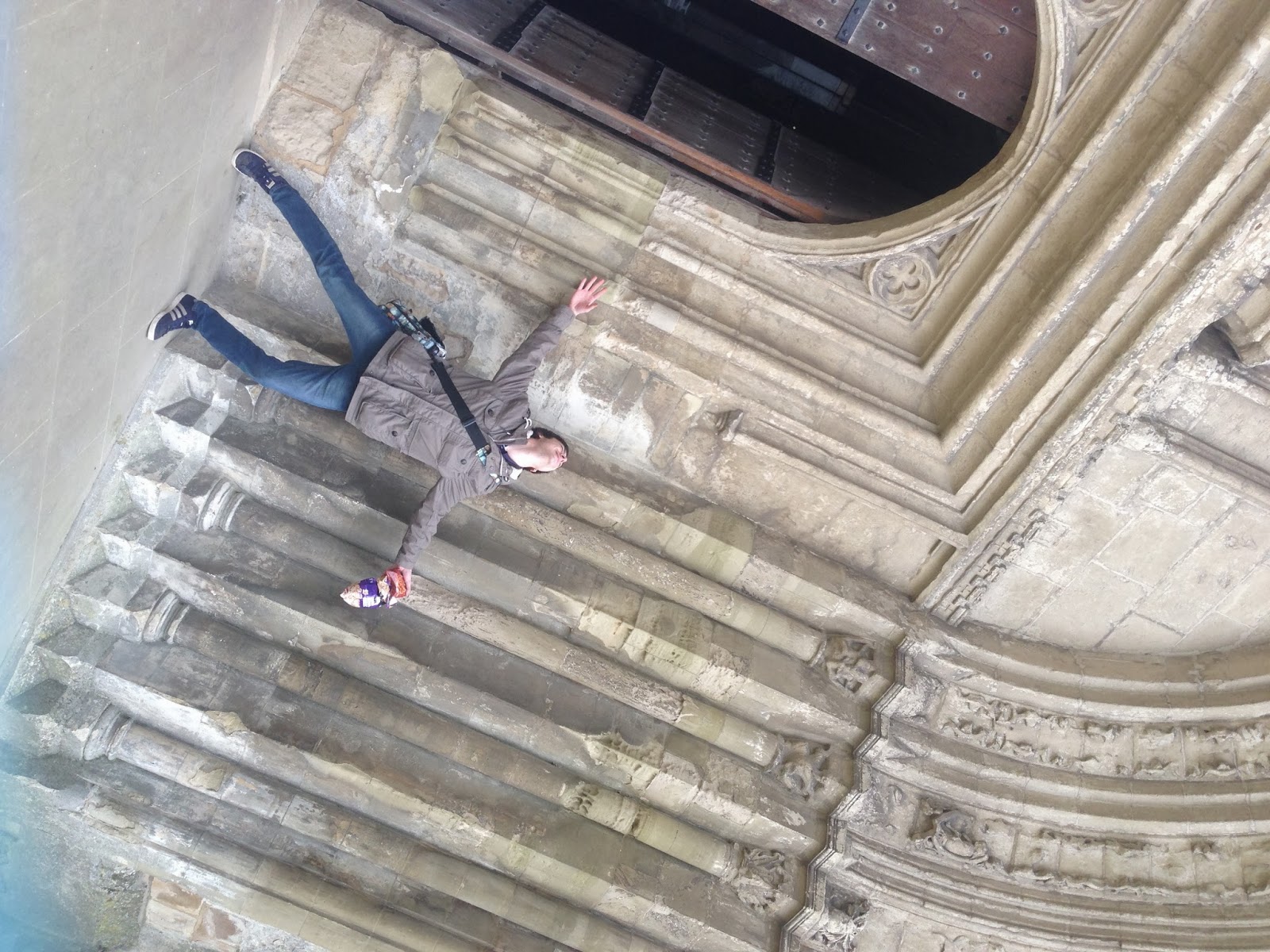This is Grove Park. It is a very nice place for people to go with children when visiting Dunstable. Its kept clean and tidy which is one of the reasons why its popular. It makes Dunstable a more appealing place to visit. There are some iconic art pieces in this area such as sculptures and mosaics which mean a lot to the residents of Dunstable.
This is the bandstand in the park which was a good idea at first and was used often but is no longer used for what it was built for and sometimes gets vandalised. It would be a good idea to restore this as it would attract more people to the park and uplift Dunstable.
This is the Grove Theatre. Its a place where members of the community can socialise. There is a Theatre, Restaurants and a Nightclub available which makes it one of the highlights of Dunstable. There is a family Restaurant/Bar named The Gary Cooper which is part of The Grove which is a popular attraction for socialising.
This GoBowling which is a good family friendly establishment that attracts many people from Dunstable and surrounding areas for multiple reasons such as bowling, sports bar, arcade and food.
These are empty shop units in and around the Quadrant in Dunstable. These prove that Dunstable is in decline and the footfall is low. Empty shops don't look attractive and put people off shopping in that area which leads to more shops closing.
These dirty alleys are an eyesore and bring the community down. They could be used for exhibiting art.
Although the Dunstable Conference centre is supposed to be an iconic building, as it used to be quite a popular venue (theatre), it is now a boring, unattractive building.
Dunstable's market is very small with only a few stalls. This shop has recently opened, suggesting that the owner feels that more markets would increase footfall as it is a gap in the market.
Dunstable can be very grey because of the buildings but simple decorations like flowers look bright and uplifts people. Placing them around town would make it more appealing for shoppers and visitors.
This sign is welcoming and friendly. It provides useful information and advertises upcoming events.
Grove Corner is a small youth club just outside Grove Theatre. It is a place where young adults who are not in education can go to socialise. This is a good idea because it gets them involved in the community and keeps them from being out on the street or getting into trouble.
This photo is an example of how run-down Dunstable is and puts people off of coming here.
It could be refurbished to become more appealing to shoppers.
This is a really iconic building in Dunstable, as it holds a lot of history for the town.
It's been in use since the 18th Century; even though it is one of the oldest buildings in dunstable it is still being used to this day as a family pub.
This supermarket was built where the town hall was. Despite this being an iconic building, the supermarket attracts lots more people and increases footfall. This shows that shops increase the footfall and attract more people. On the other hand, this supermarket could be the reason that the market has declined.
Dunstable library blends in with the rest of Dunstable architecture, as it looks quite grey and boring. This means people don't notice it's a library. To make it appeal to all ages, they could add graphics, colour and more interesting architecture to draw in more members of the community, therefore increasing the footfall in Dunstable.
Central Bedfordshire College is being reconstructed into a new and exciting building which will increase the amount of students that choose to enrol there, increasing footfall.
This is the University linked to the College and as you can see it's a modern building which is more visually appealing than the college above.

































































